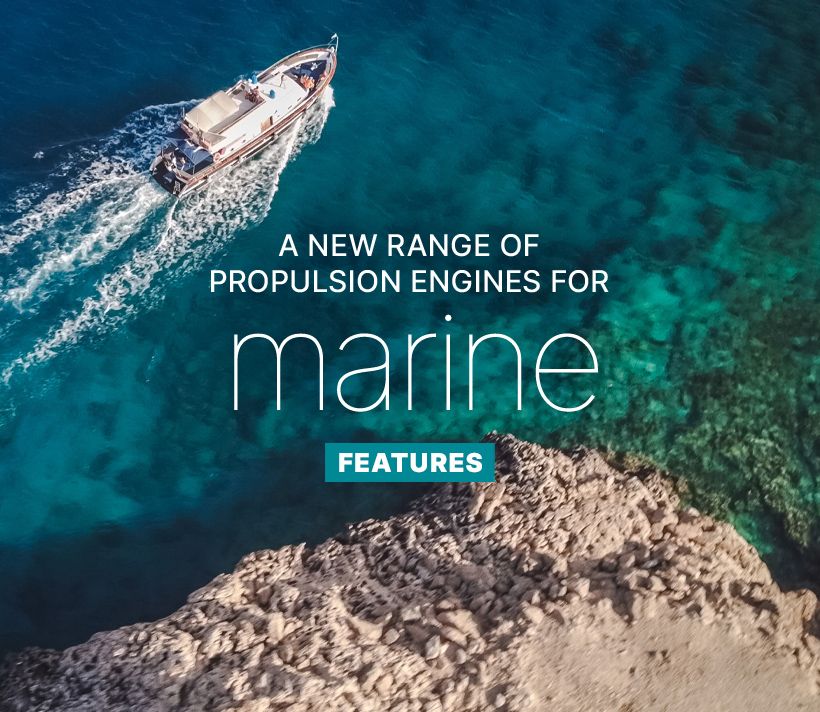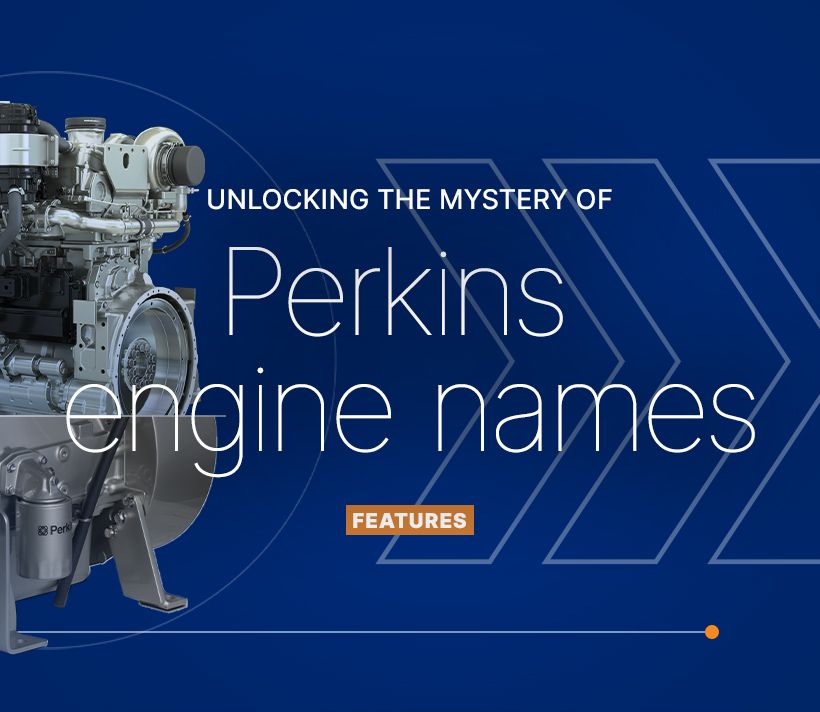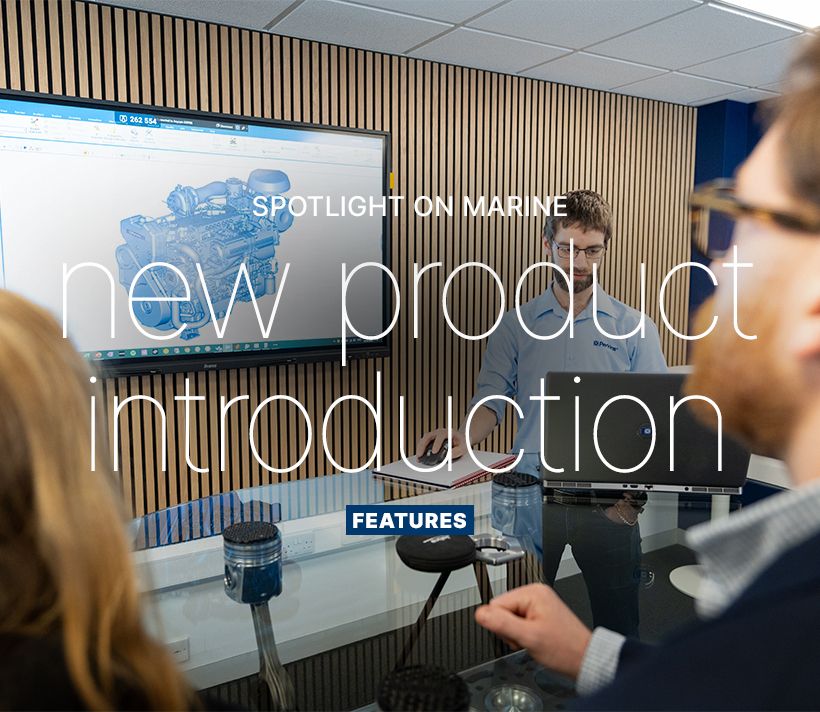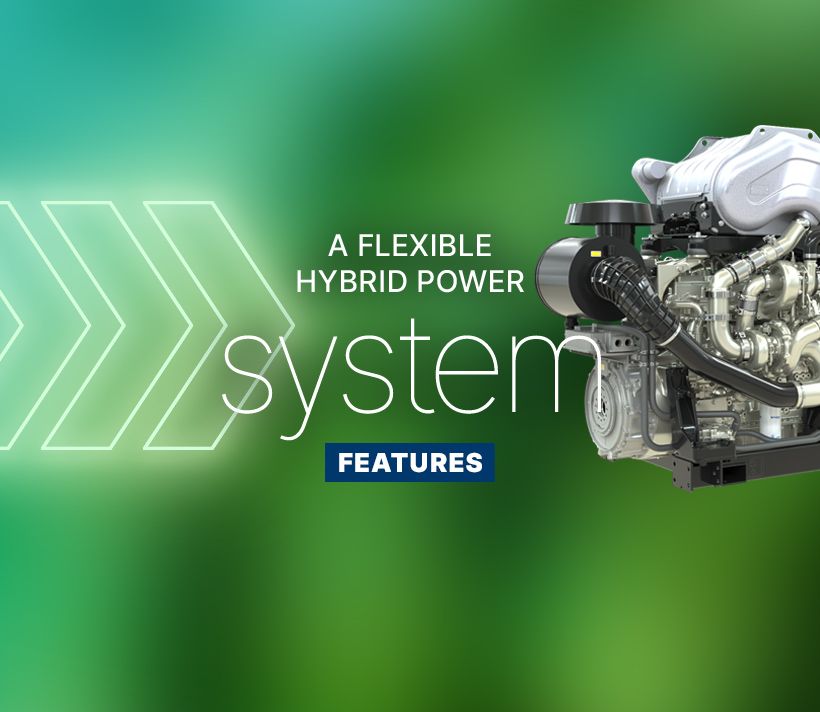It’s the ‘voice of the UK power generation sector’, representing the companies and the supply chain that guarantee power when it matters most. AMPS members – over 120, from FTSE-100 multinationals to microbusinesses – are drawn from across the supply chain, all sharing a commitment to best practice and raising standards.
“We quietly underpin much of modern life,” says Alan. “From hospitals to data centres, it’s our members who supply the systems that keep things running.”
That’s the layman’s explanation, but Alan concedes recent events – the electricity substation fire at London Heathrow airport, which forced the cancellation of more than 1,000 flights, and the Iberian peninsula’s April blackout – have raised the prominence of the role of power generation in modern life.
“Both scenarios demonstrated that anybody who didn’t have some form of backup generation of alternative energy supply was susceptible to that failure.
“Those failures are going to become more common as we roll out more renewables,” he says, “but that’s not a swipe at renewables; it’s simply the inevitable effect of decarbonising the main grid.”
It’s not just how our power’s generated that’s going to change, however. Alan says the whole nature of national power grids will need to change in the years ahead. As AMPS DG, he has already been involved in discussions with Europgen, the pan-European power generation trade association, about those grid events and how members might help aid the investigations and enquiries.
“But while those investigations are necessary from a statutory perspective, the causes are already known to be of a distribution or transmission system nature,” points out Alan.
“From an AMPS perspective, the cause is almost irrelevant, because the next event will be a whole different scenario. Another cause will create the outage.”
As electricity becomes the preferred energy source – for domestic heating, for transport, manufacturing, data centres, etc – nations will place more and more importance on grid resilience, says Alan.
“If you rely on an energy supply, then you need an alternative, whether that’s a microgrid or just a simple emergency backup generator for your critical services,” he explains.
One of the biggest problems facing mature nations is the age of the grid infrastructure and its design, Alan continues. “It wasn’t designed for how we use it today.
“It was designed for central power stations to send out electricity to consumers. Not to have it going in all directions, from thousands of different sources. There are over 11,000 wind turbines in the UK, and nearly 1,500 solar farms. Every one of them needs a grid connection.”
Alan explains that the grid will need reconfiguring to reflect this change. Work is underway, but it’s a long-term and expensive project. Meanwhile, the grid’s limitations are influencing developers and manufacturers in their approach for energy.
“For example, take the business park developer who’s been told they can’t get a grid connection for 10 years, until the upgrade’s completed. They might choose to build a decentralised grid – a microgrid – until the electrical grid can catch up.
“If you’ve got a microgrid which has got all forms of energy production and storage, including solar, wind, combined heat and power, heat pumps, batteries, thermal stores and emergency backup generation as the last resort etc, then you can look after your own energy needs and not be dependent on energy off the grid.
“But the exciting development in the last few years has been how you integrate these microgrids with the national grid. Because that microgrid can also be used to send power back into the grid.
“What’s more, if it’s a microgrid with batteries, then you’ve truly got a two-way solution, because when there’s too much energy in the system and it’s being asked to curtail – for example, switching off a proportion of the distribution/transmission connected wind generation, or solar farms – then we can make use of that energy by charging the batteries instead of merely compensating them for that lost generation revenue.”
Repeated at scale across the country, Alan explains, this could be a game-changer in helping the grid to balance – ‘mopping up’ excess energy, and then later, when the grid is under strain, releasing that electricity back to the grid, and thereby reducing everyone’s energy bills.
Alan believes microgrids’ strengths can be further multiplied where they’re combined with complementary technologies such as combined-heat-and-power (CHP), backup generation and heat pumps.
It’s an opportunity for which Alan has considerable energy himself to exploit and grow during his AMPS tenure. “After nearly 40 years in the industry, I was looking at early retirement. But over 20 of those years I served on the AMPS Council, so I’ve always had the inside perspective on what AMPS is capable of.
“I knew I wasn’t mentally ready to just stop. When the council asked me to consider taking on the role, I thought I could give something back. I’ve joined at what is a pivotal moment for the industry. Here’s a chance to lead a respected association through that change.
“What excites me is the potential to drive innovation, build stronger collaboration, and champion an industry that’s going to play an even greater – if still largely unseen – role in modern, day-to-day life.”
One of Alan’s main objectives at AMPS is to become technology-agnostic. He says too often people come at the ‘grid resilience’ arguments with their own vested interests, trying to pitch their technology over anything else.
“We are going to need them all in the pursuit of a net-zero energy system. With microgrids, or DERMS (distributed energy resource management system) as they’re also known, you can link in weather forecasts, you can link in the energy markets, and the AI then maximises all resources to make the most of what’s available.
“That might mean if it’s a windy, sunny day then your microgrid system keeps the energy in the batteries and uses available grid energy instead. Later, when wind and solar sources drop off, the energy stored in the battery can be sold at a peak period, stabilising the grid but also generating a return for the microgrid owner.
“We also have ‘green’ sources of fuel to generate the energy, e.g., sustainably sourced HVO (hydrotreated vegetable oil) or synthetic fuels in lieu of diesel, green biomethane or hydrogen in lieu of natural gas, plus a variety of carbon capture technologies at various stages from fuel production to point of generation, which can be used for agricultural, food and/or medical grade purposes.
“That’s why we need all technologies to succeed, so the AI has the opportunity to use the right technology at the right point in time.”
None of this negates the need for a ‘traditional’ emergency back-up generator, says Alan. But here too AMPS has its member interests in mind – trying to balance them against the ongoing rules and regulations concerning emission standards.
“There is talk that diesel emergency back-up generators should follow the same path as off-road machinery,” he notes, “which would mean that we start fitting emergency generators, whether they’re 10 kW or 3,500 kW+, with engine exhaust aftertreatment systems such as DPFs, and SCRs.
“But that’s not viable. Unless you get them up to operating temperature, and use them regularly, then they become more trouble than they’re worth.”
Alan says the balance needs to be struck between ‘best available technology’ and ‘best available economic technology’. “For the former, obviously you’re going to select EU Stage V, or Stage VI should it ever come. But for the latter, Stage IIIA is the sensible route.
“In effect the aftertreatment would create more emissions in its manufacture than would be saved through using it; low-load running on a DPF and SCR system creates technical problems. That might mean the emergency generator may fail when it’s actually needed.”
AMPS, says Alan, can present this ‘pragmatic perspective’, working with other national and international trade bodies, to create a common voice of reason unattainable by companies individually. “They’ll always be seen to be acting in their own interests, but when we have a collective, when we have science behind us, when we can present a coherent argument – and when that argument is made by companies with a united voice, governments tend to listen.
“What’s more, at a European level – AMPS is the founder of Europgen, the European trade body representing all the national organisations – we can lobby there too. And a key question now is what standard we should promote, across the board, for emergency generators.
“Currently it’s Stage 0. But we know that Stage IIIA is the most practical technology. If we can achieve that, we can not only help with our contribution to lowering emissions but also encourage that all manufacturers in and outside of Europe meet the same standards.”
Alan is keen that AMPS becomes a space where all voices in the energy generation sector can have their say. “We need to expand our support to the smaller organisations too. One way we’re doing that is to make more of the business services we can offer.
Thus, Alan has introduced the ‘sector group structure’. Breaking down membership into different groups – OEMs, supply chain, distributors and dealers, major users e.g., rental, and installers, supporting services and so on – AMPS will eventually offer a user group for each main sector.
“Give each of those groups a sub-committee, with a chair, who will have a place at the main council table.
“Then their sectoral requirements can thus be better addressed, with council better informed when setting our priorities. In this way, we’ll better meet members’ needs, however diverse they are, and ensure that those needs are better communicated when we engage with government and other trade bodies.
“I want growth to come through companies approaching AMPS and asking to join. I need to make AMPS efficient to keep fees as low as possible and be effective to ensure that word of mouth gets out. I need members to experience the value in joining the organisation which is AMPS.
“And yes, by the strength of AMPS’ voice in energy discussion, increased member engagement, and making tangible progress in helping our members navigate — and lead — the transition to a more resilient, lower-carbon energy future.”
Learn more about AMPS and how it can help you.
Perkins’ collaboration with Trackunit, delivering real-time insights to customers, increasing productivity in the field.
Read moreFor industrial equipment rental, excellent technical support and parts availability is a necessity.
Read moreTo mark Agritechnica's 'Celebrate Farming Day', Powernews spoke to Andy Curtis, Customer Solutions Director at Perkins.
Read moreClever configuration options fulfil the current and future requirements of the industry.
Read moreHave you ever looked at the name of a Perkins engine and wondered what all those numbers and letters actually mean? If so, you’re certainly not alone. But rest assured the nomenclature is anything but random.
Read moreOne alternative fuel option we’ve researched heavily and have accommodated in our diesel engines for more than a decade is hydrotreated vegetable oil (HVO) – which must meet the EN 5940 standard – with the Perkins® 400 to 5000 Series able to use up to 100% HVO.
Read moreIn part two of our spotlight on marine we talk with Ben Lewis commercial manager, Dave Wood, application and tech support team lead and Stuart Phillipson, marine application and tech support to find out more about what’s in development for the marine range.
Read moreWhy stick to one fuel, when you can have a configurable power system?
Read moreMore than just a curiosity, they offer us different routes to future food security.
Read morePerkins marine engines has an illustrious history. Meet the team behind the brand.
Read moreHave you ever looked at the name of a Perkins engine and wondered what all those numbers and letters actually mean? If so, you’re certainly not alone. But rest assured the nomenclature is anything but random.
Read moreOne alternative fuel option we’ve researched heavily and have accommodated in our diesel engines for more than a decade is hydrotreated vegetable oil (HVO) – which must meet the EN 5940 standard – with the Perkins® 400 to 5000 Series able to use up to 100% HVO.
Read moreIn part two of our spotlight on marine we talk with Ben Lewis commercial manager, Dave Wood, application and tech support team lead and Stuart Phillipson, marine application and tech support to find out more about what’s in development for the marine range.
Read more











